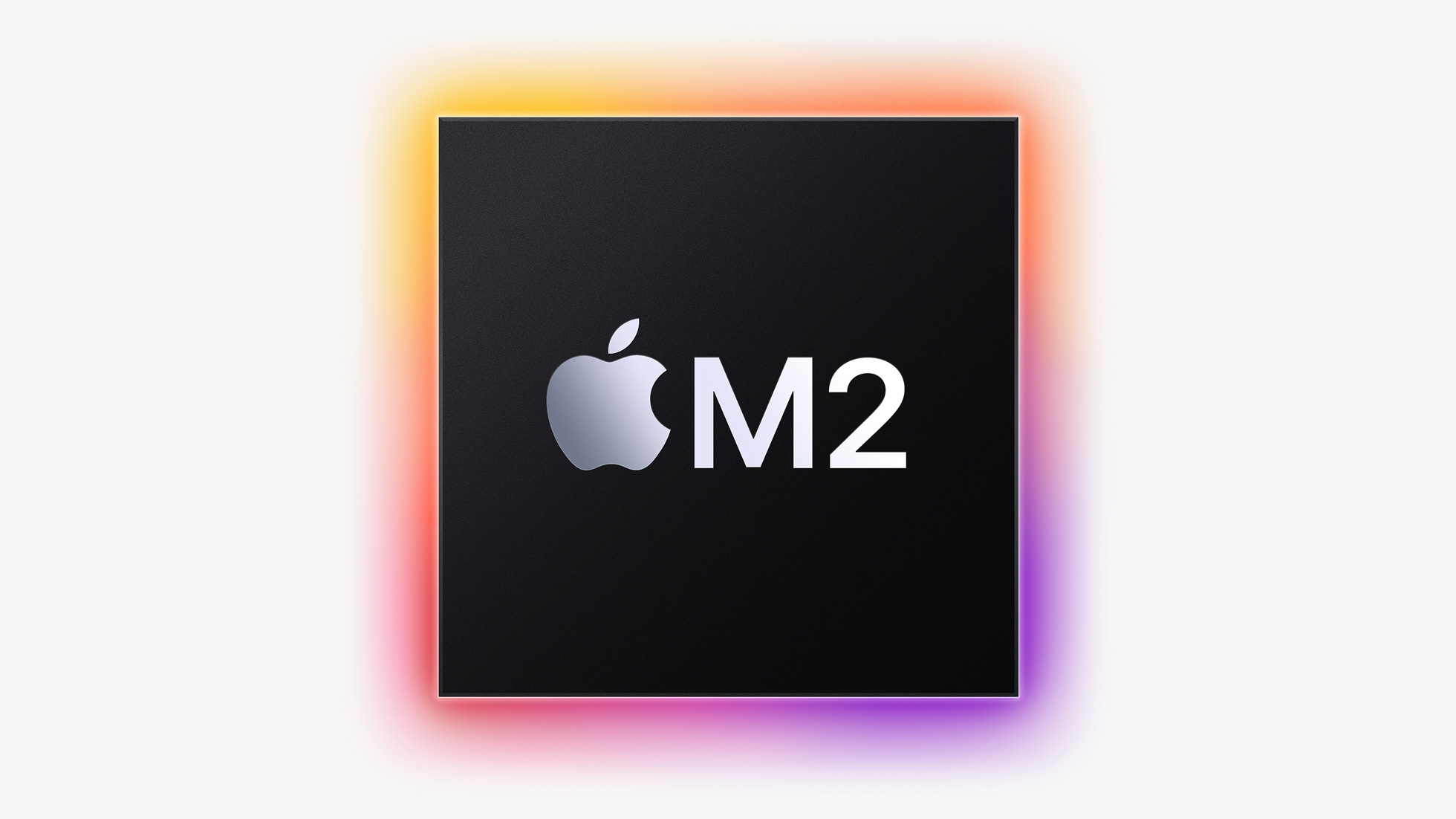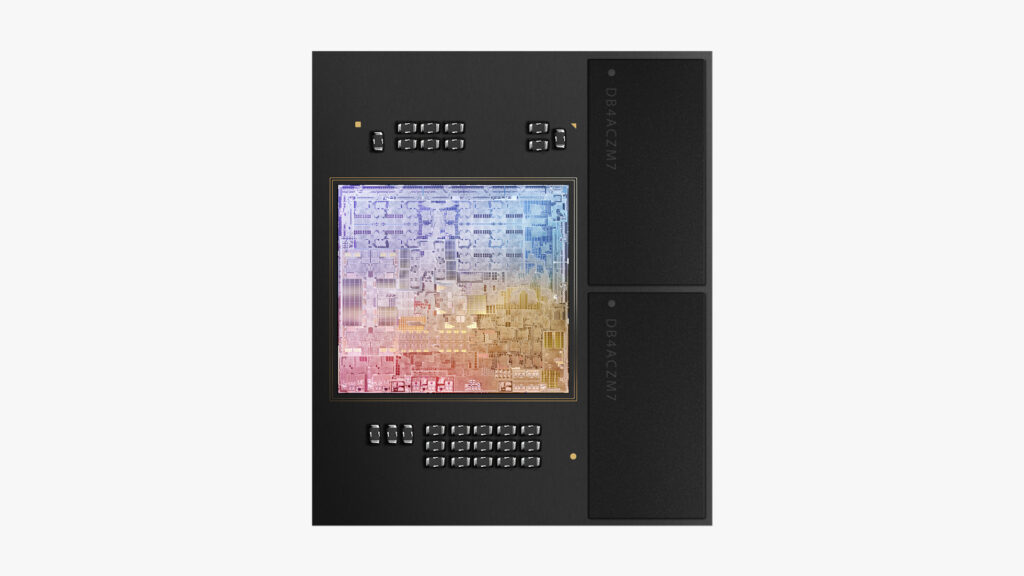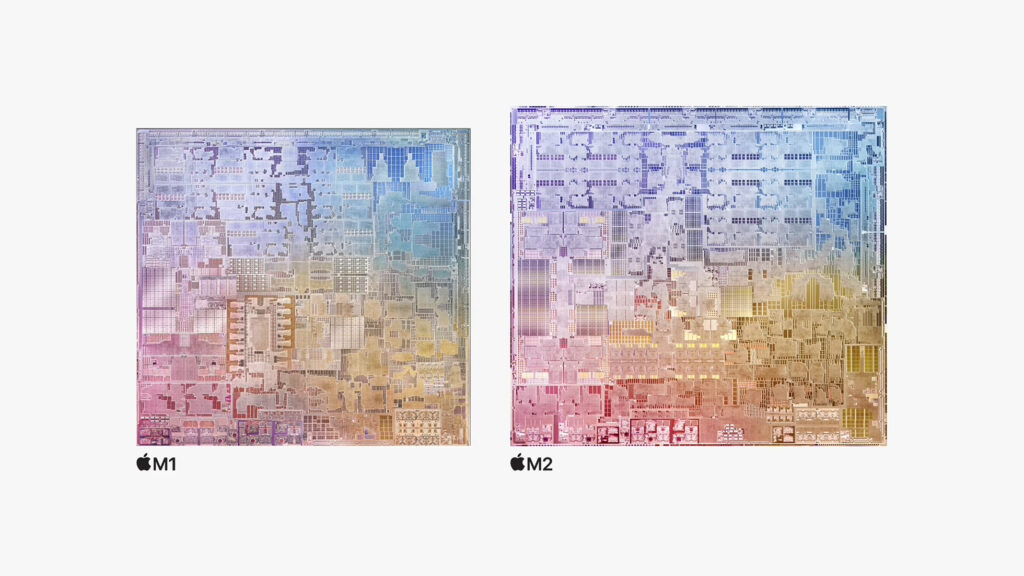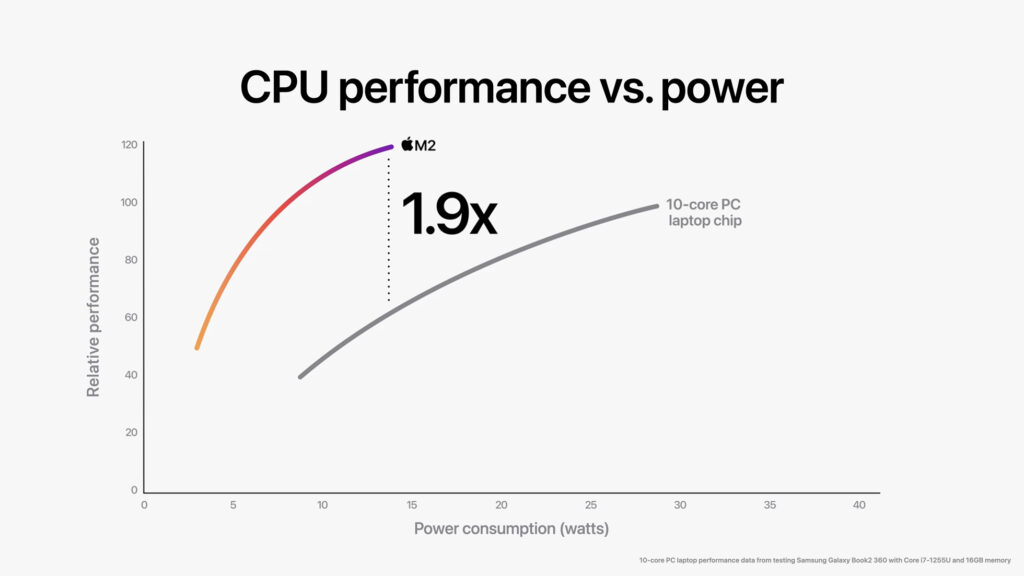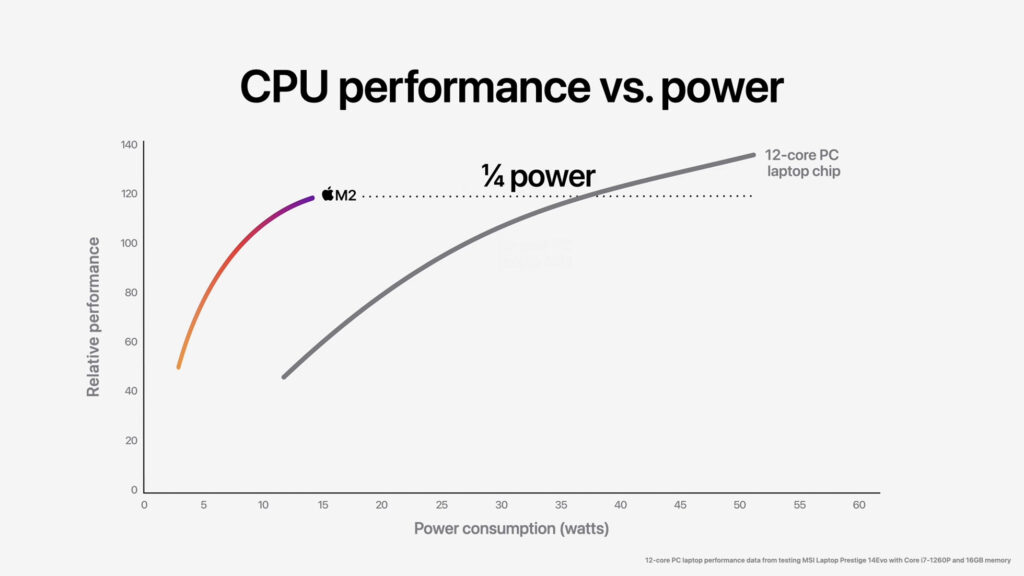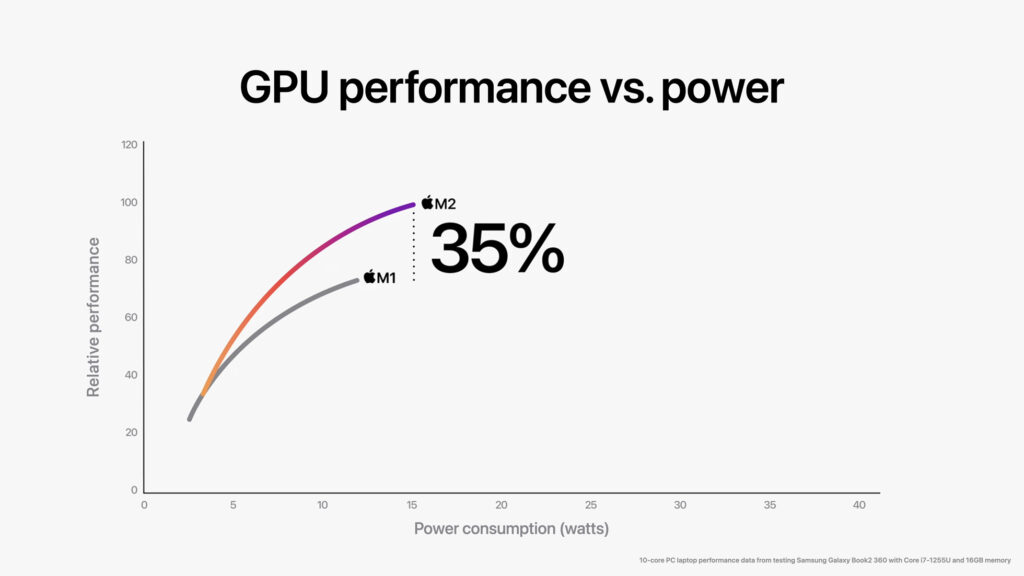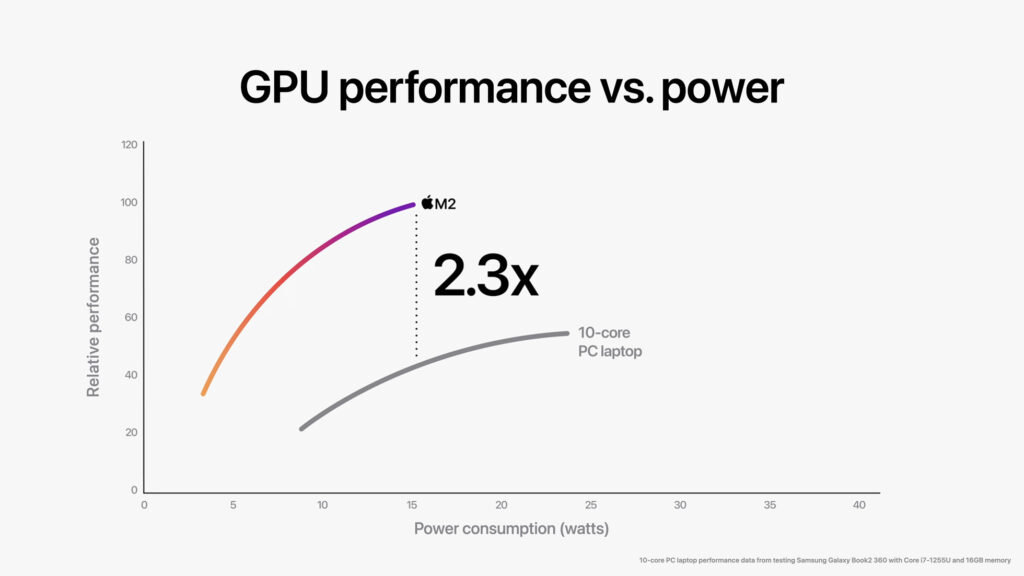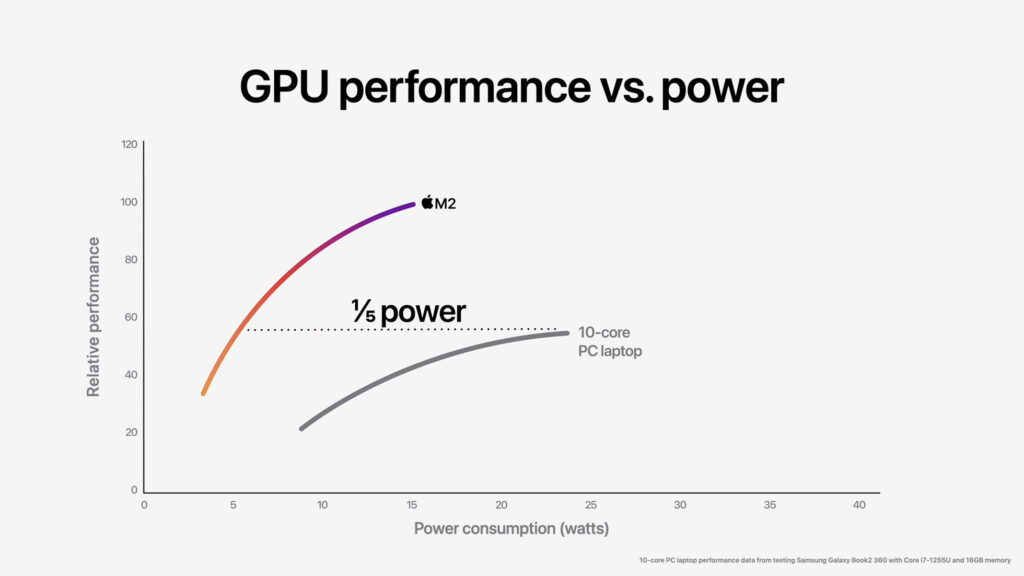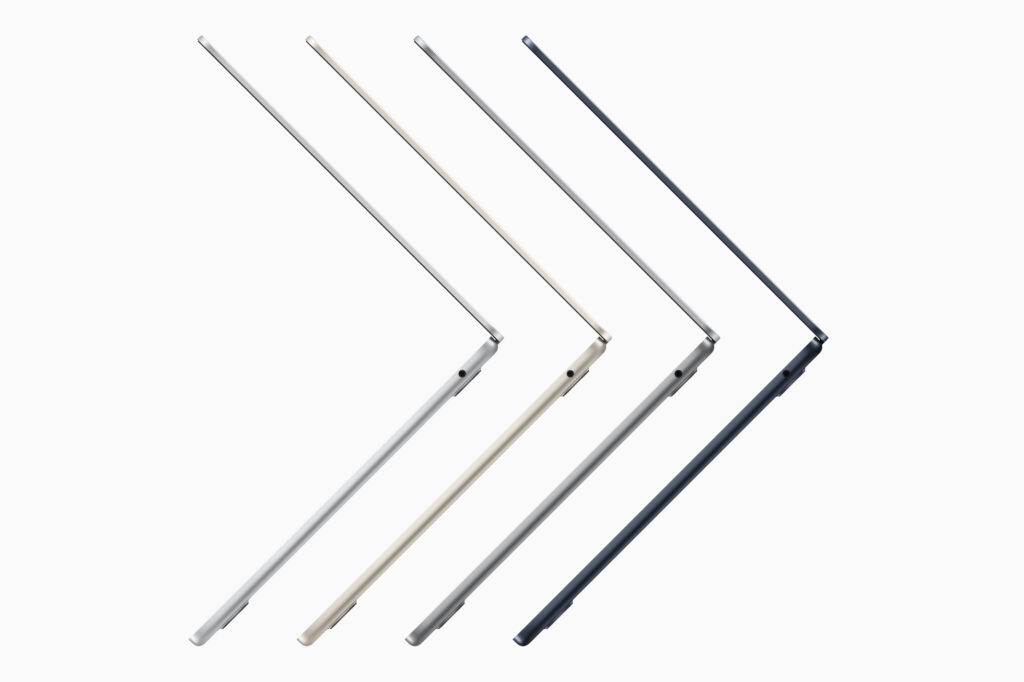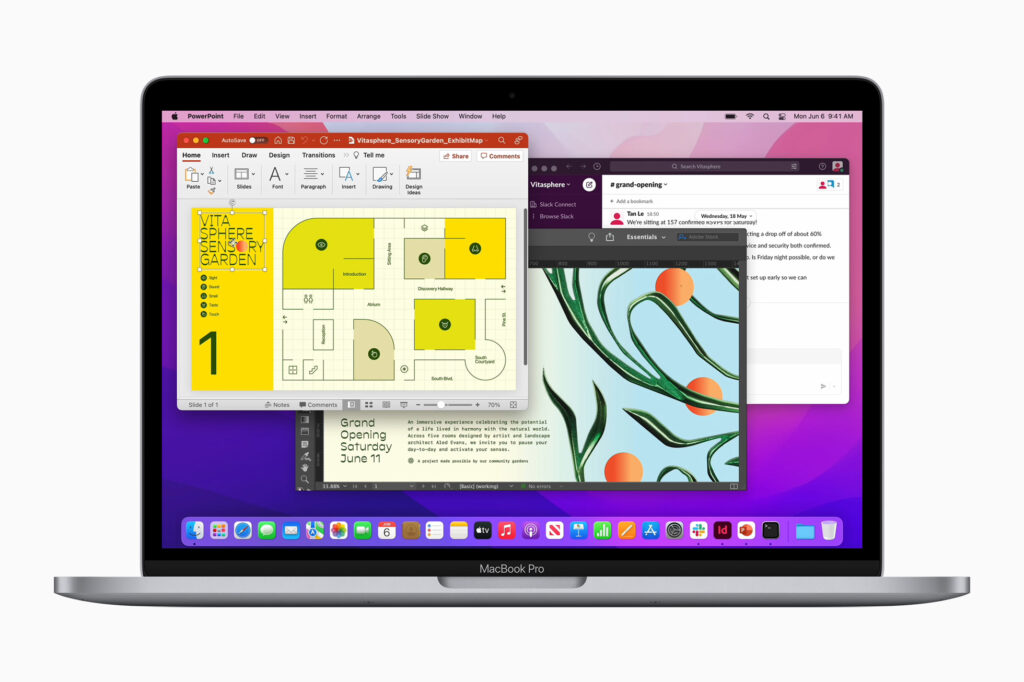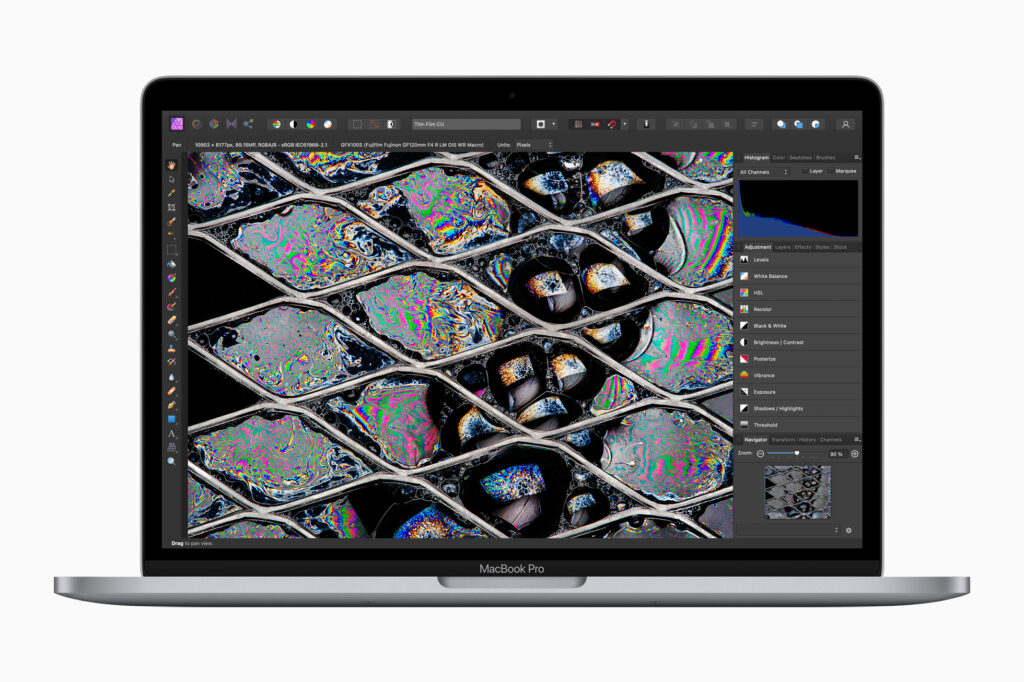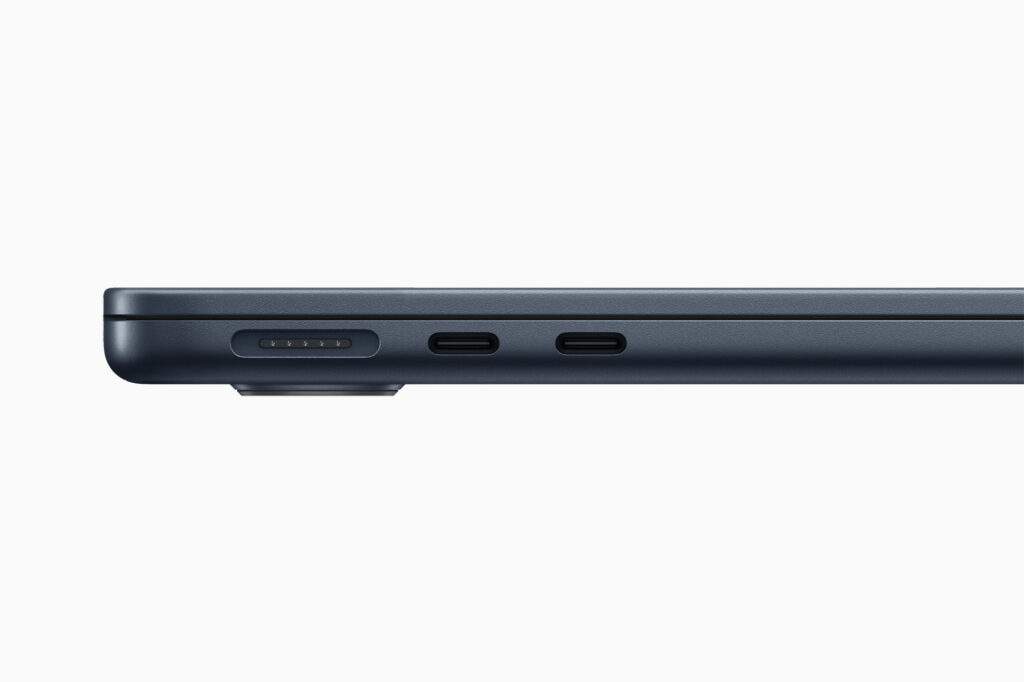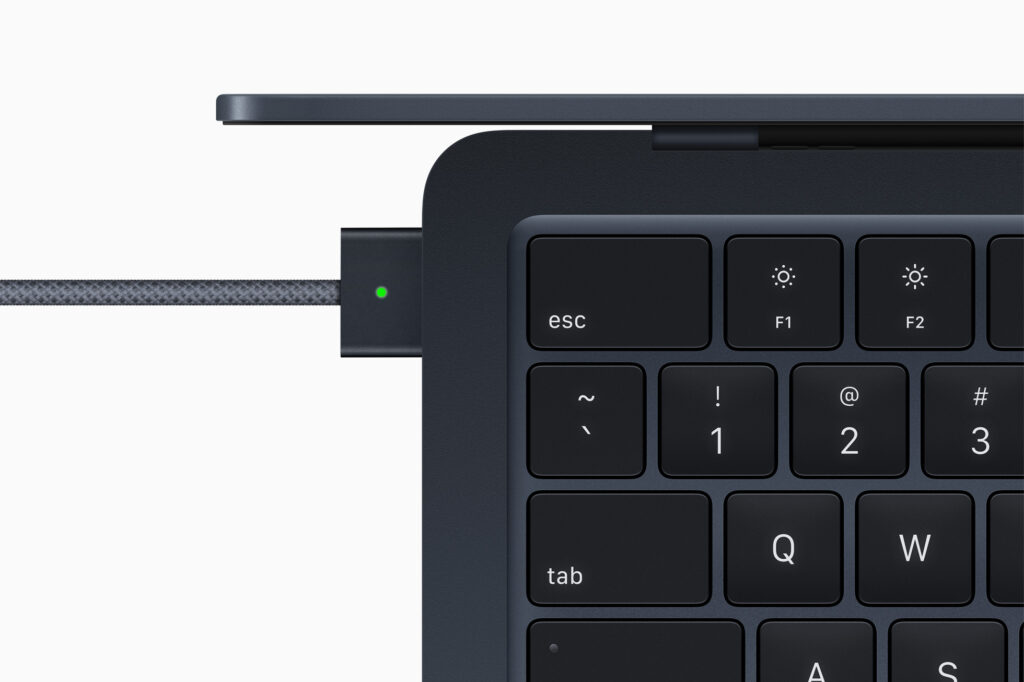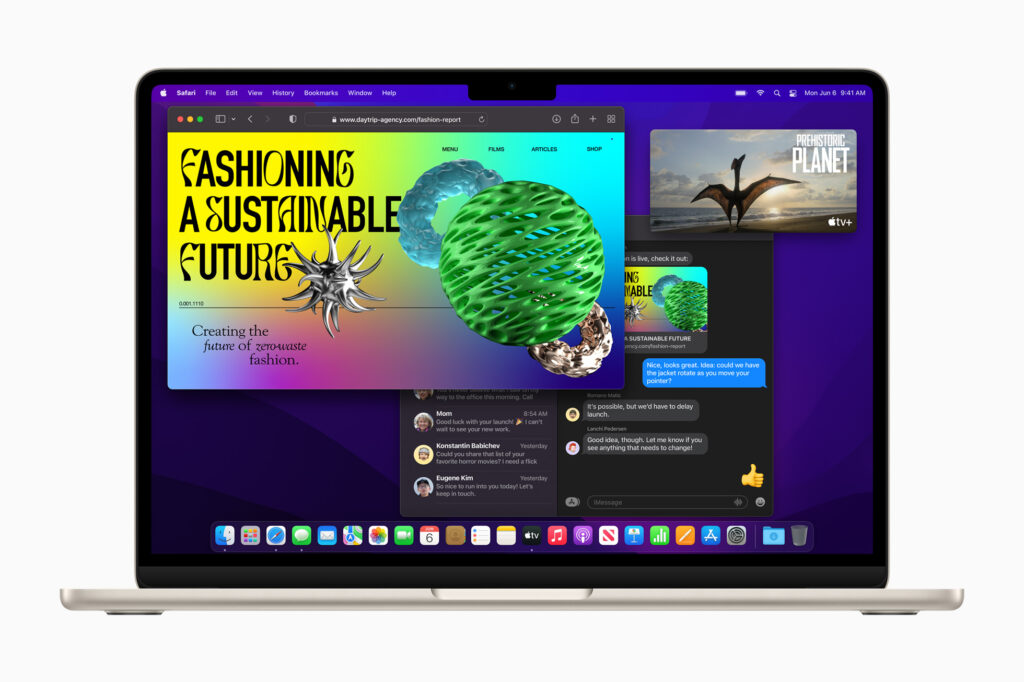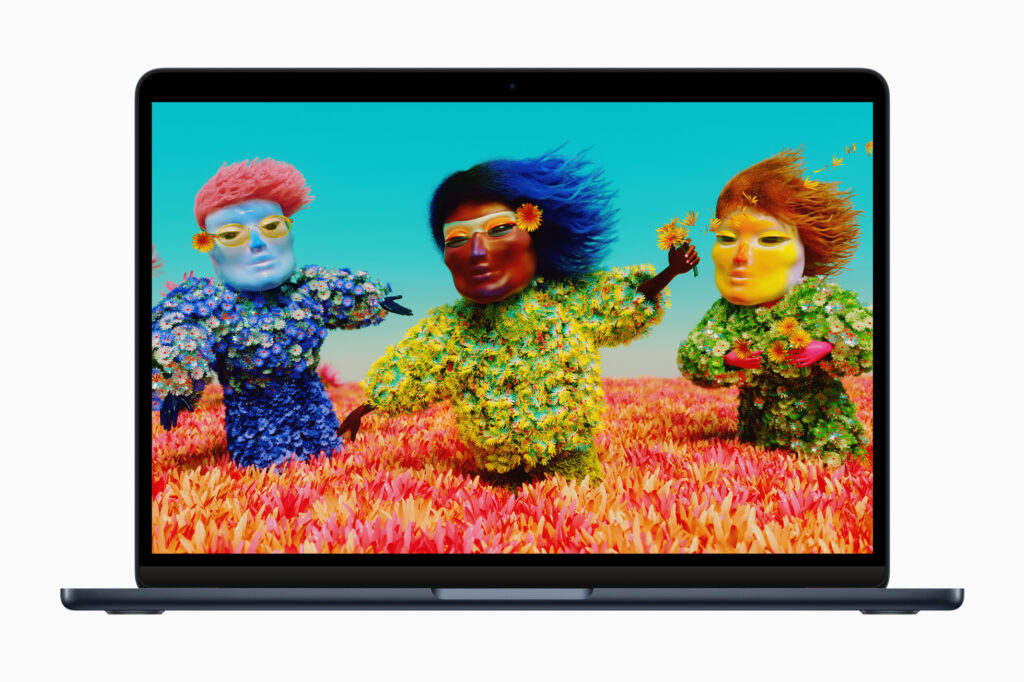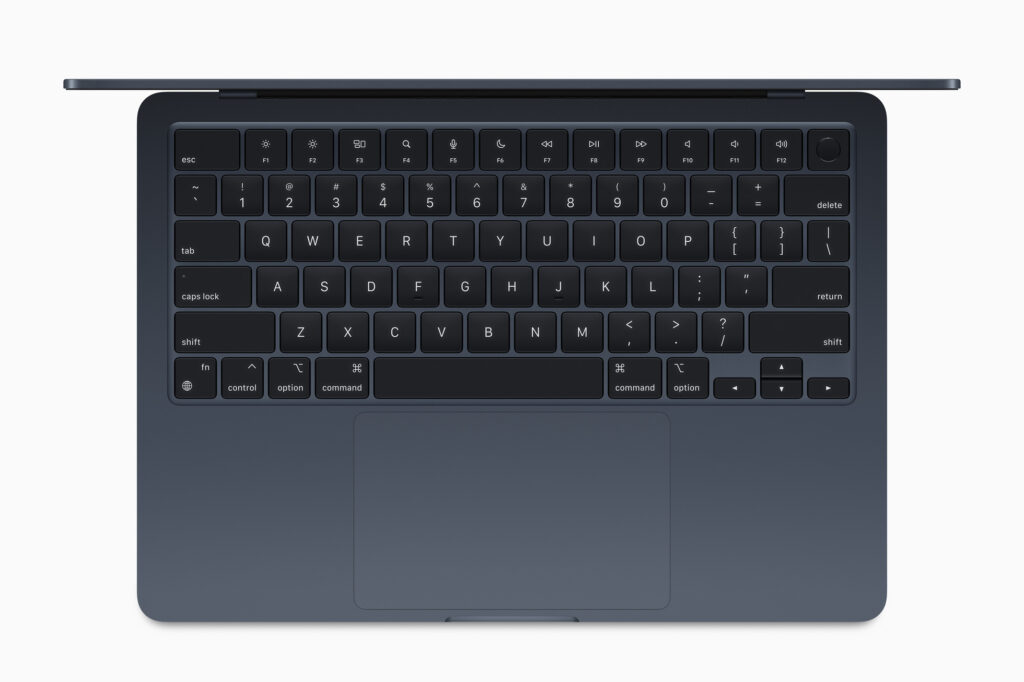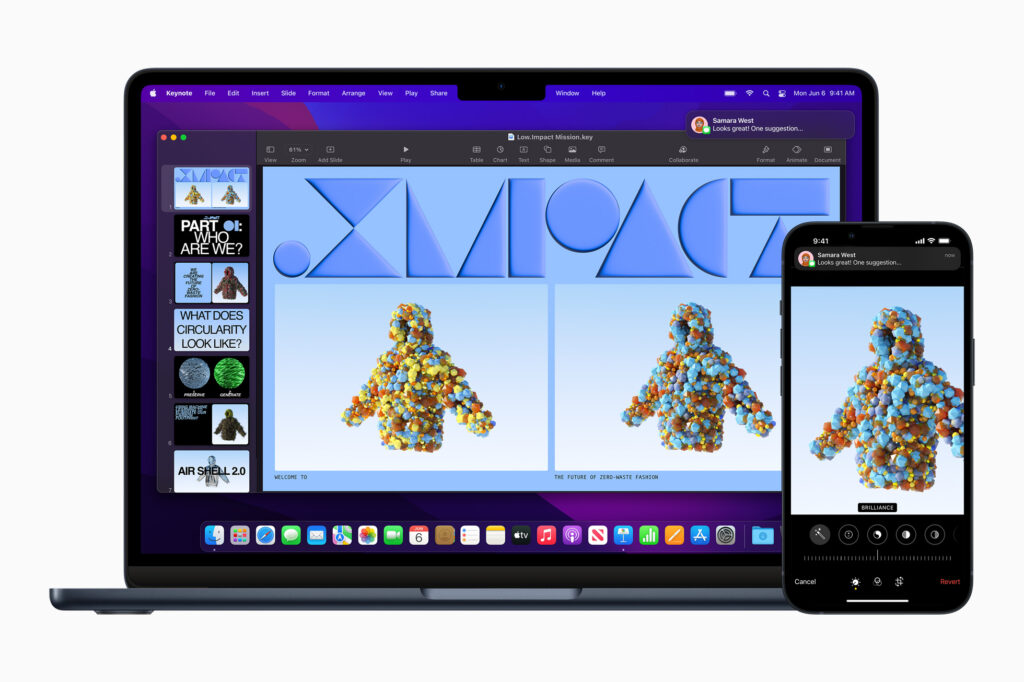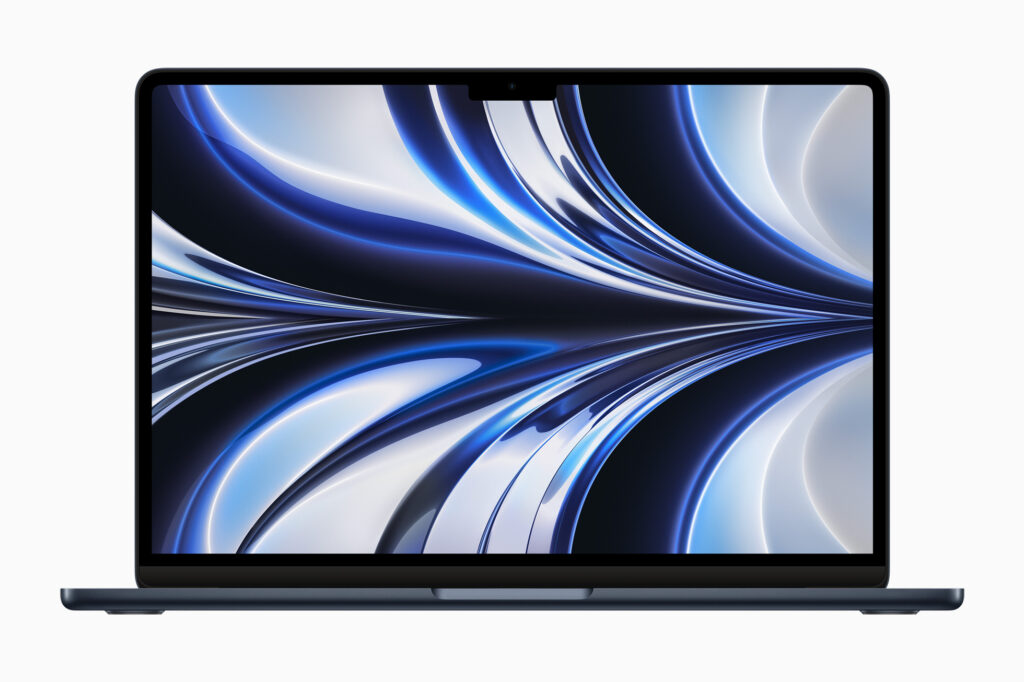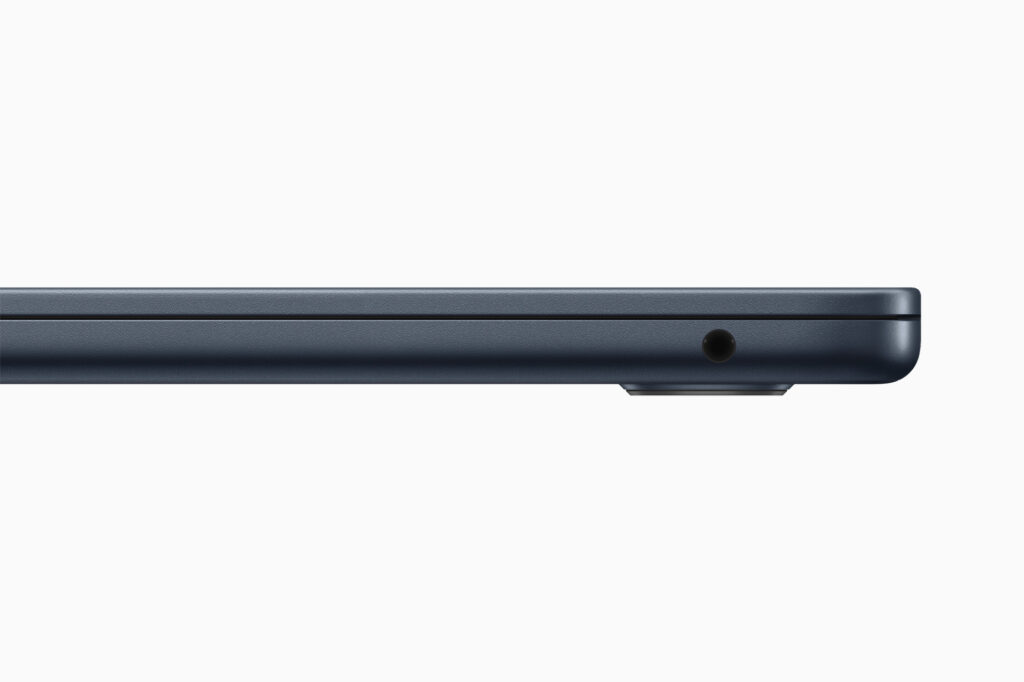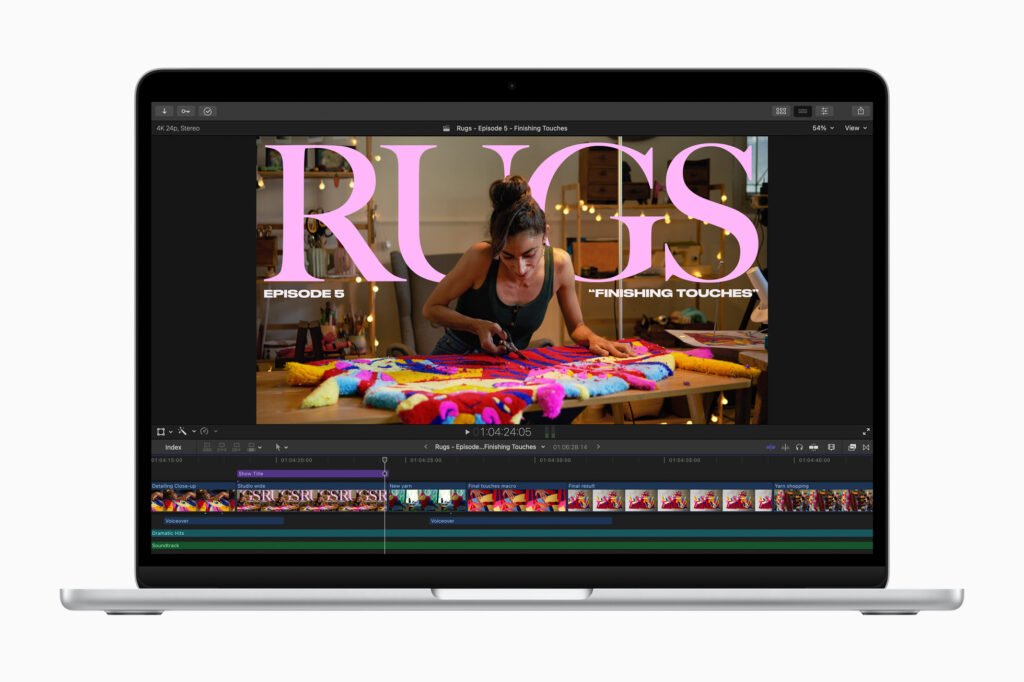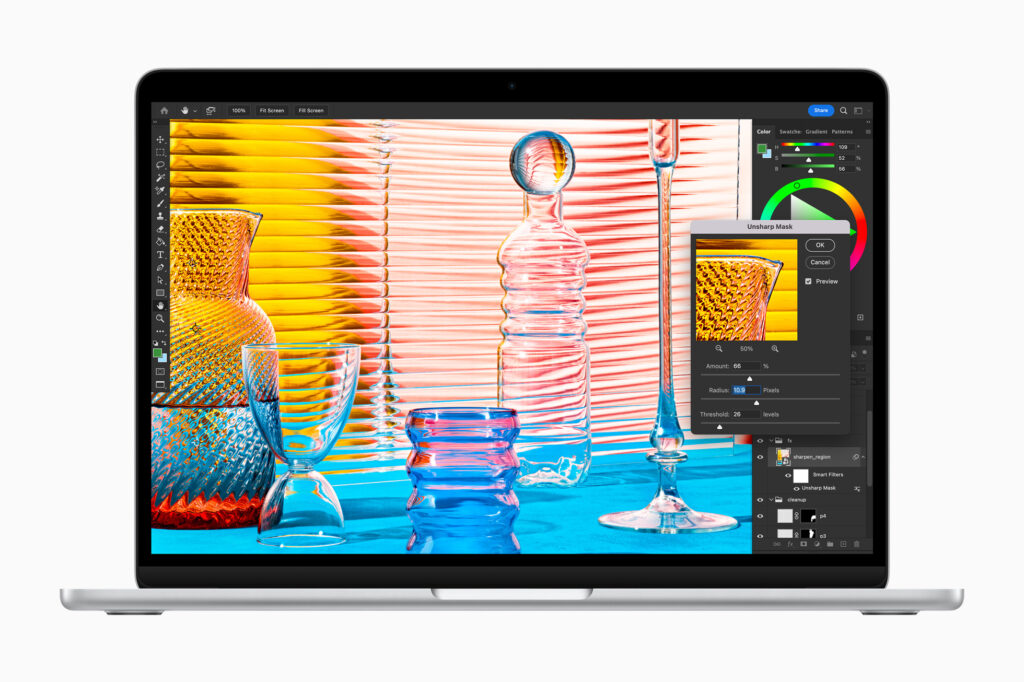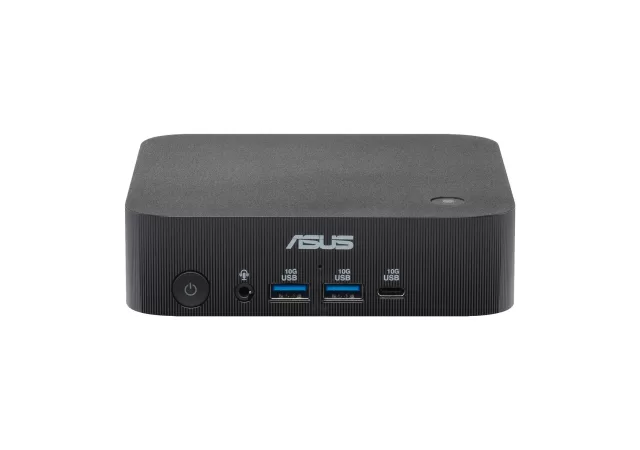Let us talk about Apple’s first foray into the silicon market – the Apple M1 chip. It was a somewhat successful endeavor. The M1 powered MacBooks proved to be rather popular among fans and even to new users. It is also the first successful implementation of a System on a Chip (SoC) solution for a major computing device with a desktop interface that is the MacOS in this case.
Of course, the success of the M1 chip also has something to do with the fact that Apple has somehow engineered the MacOS around the integrated silicon. But it also has something to do with the Apple M1’s specific build to optimise and be optimized with apps designed for MacOS.
Of course, while we expected Apple to come up with more powerful versions of their silicon last year, we were a little wrong to expect the second-generation of Apple’s silicon to be announced then. Instead, Apple launched variants of the M1 chip. You get larger footprints of the M1 that also comes with a lot more grunt from the SoC. Everything changes for 2022 though with Apple’s M2.
Welcome to the Apple M2 silicon, supposedly an evolution of the M1 chip. Obviously, it will be more powerful than the regular M1 chip. As with the M1 chip as well, the M2 will start out its life in the MacBook Air and 13-inch MacBook Pro.
Why Should You Care?
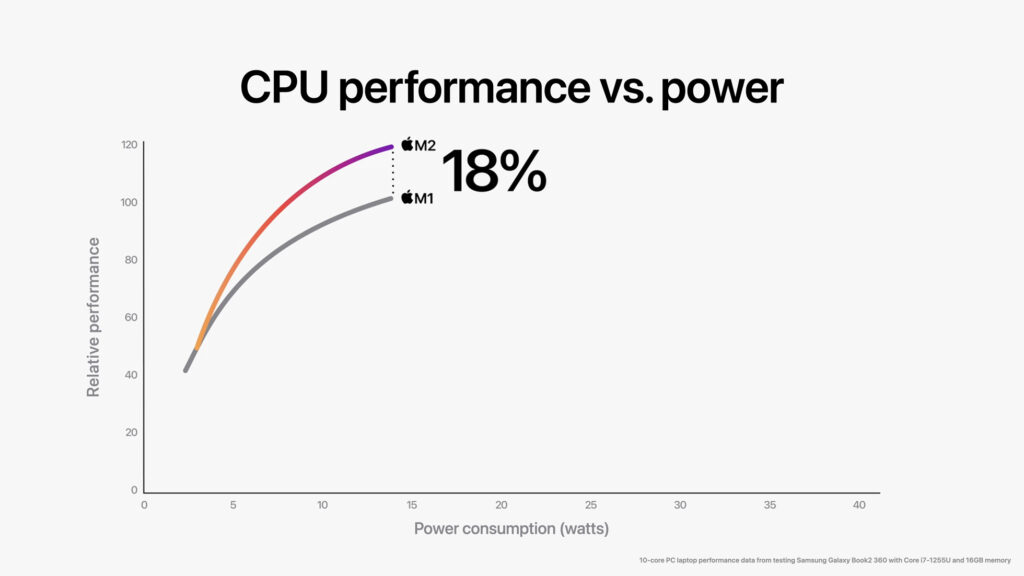
PC users might snicker at the thought of an SoC running their Windows system. It is not too far-fetched of an idea though. Windows 11 seems to be more SoC friendly, and Qualcomm is working on a solution for that as we write this piece.
But the M1 is prove that an SoC can power a desktop class computing solution. The M2 just solidifies that position for Apple as the only manufacturer that dare to go beyond conventions. While Apple did point out that the M2 can game better with Metal accelerator, it still will not game like Windows PC can.
Instead, the M2 is tailor built to ensure that the MacOS is fully optimized and runs as fast as it can. The M2 chip is designed specifically to ensure that the MacOS and its apps are getting enough processing power in all the right places to ensure smooth, snappy experience. It just does everything that the M1 does, but better.
Bigger, Badder, Better
Footprint wise, the M2 is slightly larger than the M1 chip. It is built with he second-generation 5nm technology, technically the current most advanced transistor technology. The new construction allows Apple to push the envelope a little bit with the M2.
It is supposed to be about 18% faster than the M1 in terms of CPU performance. In terms of GPU performance, it is supposed to 35% better than the older chip. The M2 is also supposed to pack a dedicated Neural Engine that is about 40% faster than before. While the M1 tops out at 16GB of memory bandwidth, the basic M2 can support up to 24GB in unified memory. You can find all 24GB powering the updated 13-inch MacBook Pro.
The larger footprint can be contributed to the fact that Apple has squeezed 25% more transistors than the M1. More transistors also means that the chip can deliver up to 100GB/s in memory bandwidth with the speedy unified memory. At the same time, with a larger cache, the M2 does not require any more power than the M1 demanded. At the same maximum power consumption. The M2 still beats out the M1 in all processor aspects.
Faster Workflow = Better Productivity
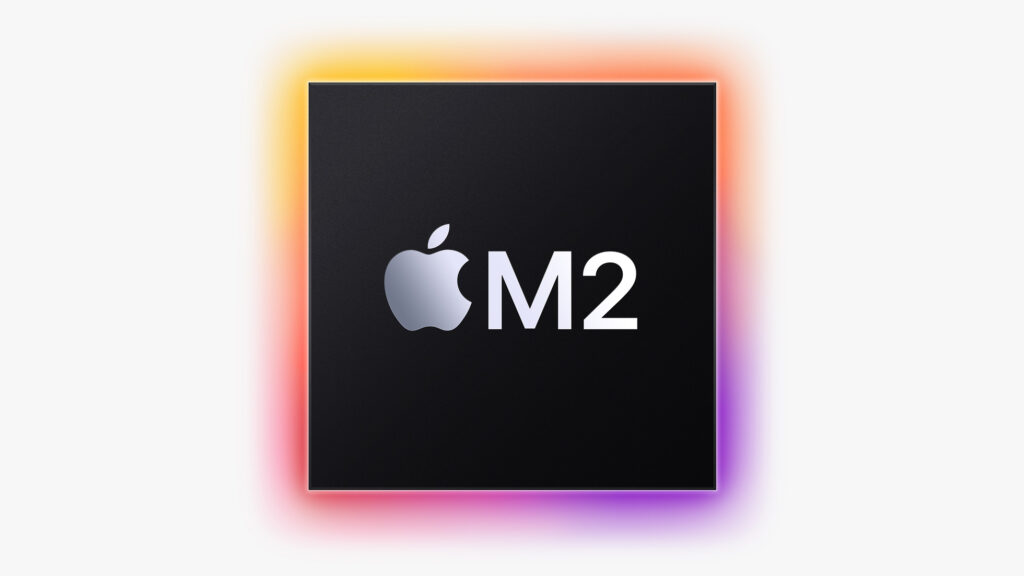
The result of all that can be seen in all the Apple silicon optimized apps. Thanks to the wider bandwidth, the M2 supports up to 8K H.264 and HEVC video encoding. It is supposed to also be able to stream more 4K and 8K videos on more displays, if you can find enough dongles or displays to plug the MacBook Air or the 13-inch MacBook Pro.
At the same time, while not spoken at length, the M2 features better security all around. Apple’s Secure Enclave ensures that your data is locally stored and protected instead of it being uploaded to iCloud. Of course, to fully take advantage of the chip’s power, you need Apple’s latest MacOS Ventura.
The MacBook Air – Now a Proper Baby MacBook?
For the first time ever, the MacBook Air got a redesign. Instead of the wedge-shaped aluminium slate, it now looks like a thinner version of the regular MacBook. It is not a bad thing.
It now features a more updated “MacBook” look in a 13.6-inch Liquid Retina display with the weird notch in the top middle section of the display. That notch houses an 1080p Full HD FaceTime camera and other sensors.
The US 1,199 (starting from) device now looks a little more up to par to a regular MacBook too, at least on paper. It now features dour speakers and MagSafe charging has made its way back into the thinnest and lightest version of the MacBook family. There are still no fans in the notebook for any significant cooling performance, but the M2 is an SoC that does not really need a dedicate cooling fan. The MacBook Air also comes in four different colour finishes now instead of the usual two that was offered before.



